Twins Research Australia has over 35,000 active pairs on our database available to be approched for research.
This page describes our twin and multiple birth regisrty in more detail, including how we recruit members and an overview of our membership numbers.
How Twins Research Australia recruits twins
Twins and Higher Order Multiples (HOMs), including triplets, quadruplets and quintuplets of all ages, sex combinations and zygosity are eligible to enrol with Twins Research Australia. Twin pairs and HOMs are registered via completion of a registration form online by either the twins or by their parents if they are under the age of 18 years.
The numbers of new registrations by year, since 2004 are represented in the graph below.
Number of new twin and HOM sets registered with TRA by year since 2004.
*2012 peak: Merge of Western Australian Twin Registry with Twins Research Australia
A key avenue for TRA’s twin recruitment is through AMBA. There is a strong and long history of the two organisations working to support each other’s needs. Other avenues of recruitment are the offer of a free Twin Booklet to women who are pregnant with twins, Twins Plus Festivals and general media exposure on twin research findings.
The integration of the Western Australian Twin Registry (WATR), a population-based sample of twin pairs from 1974 onwards, has provided sustainability, prevented duplication of recruitment, and combines expertise. WATR identifies twins via state birth records, making this cohort an important sample epidemiologically (Hopper et al., 2006; Lee & Palmer, 2006). The increase in twin recruitment in 2011 and 2012 reflects integration with the WATR and TRA’s raised profile in the media.
Participation in research
Once twins join TRA they are invited to participate in appropriate and approved studies. Invitations are extended to twins depending on the requirements of the study, and the profile and the interest areas of the twin members.
The experience with TRA and associated studies is critical to maximising participation in studies. To this end, TRA maintains a quality assurance program that incorporates surveys of random samples of participants in all studies to ascertain the participant’s perspectives. The collected information is analysed and used to inform continual improvements and modifications, and to ensure member expectations are being satisfied.
Membership
Junior members (below 18 years old) represent approximately (25%) of Twins Research Australia, the remaining (75%) being senior members (18 years and over). The majority of new members (86%) are aged 0–9 years, a feature that has remained relatively consistent over the last 20 years.
The distribution of active pairs of twins, across TRA, is shown relative to the age groups of members in the graph below. The addition of WATR members to the Registry is responsible for the 20-29 year group spike.

Figure 1. Active twin pairs shown by age group.
Managing membership of active members
Management of membership is a core component of TRA’s function. Maintaining active members requires constant work to ensure the Registry remains a viable and valuable resource for twins and researchers. The current status of members of TRA is summarised in the table below.
The top row of Table 2 details display T1 (twin one) status, and the left column details T2 (twin two) status.

Figure 2. Active twin pairs shown by status.
Twin Pair Registrations
- Lost refers to members for whom TRA has an unconfirmed address, and exhausted all avenues for obtaining up-to-date contact details.
- Pending denotes members for whom we do not have current details; so they are ‘pending’ an update.
- Inactive refers to twins who no longer want to participate as members.
The current numbers of active twin pairs by sex and zygosity are shown in Figure 3.

Figure 3. Active twin pairs shown by sex and zygosity.
*MZ = monozygotic, DZ = dizygotic, UK = unknown
The distribution of active twin pairs by location is shown in Figure 5, together with the overall distribution of Australian population by State and Territory (as reported by the Australian Bureau of Statistics in 2015) in Figure 4. Comparison of the two graphs shows that most populated states are also the states where most active TRA members reside.

Figure 4. Distribution of Australian Population by State in 2015 (as reported by the Australian Bureau of Statistics)

Figure 5. Distribution of Active Twin Pairs by State
Note: because some twins live in separate states or one twin member in a pair lives overseas, this excludes twins overseas, or with no address available.

